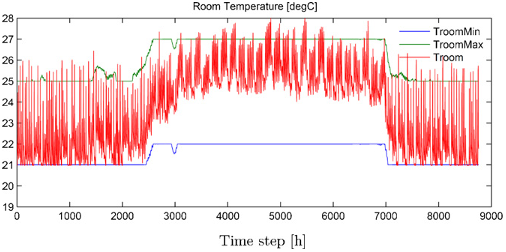Abstract: Estimation theory has had a tremendous impact on many problem areas over the past two decades. Beginning with its original use in the aerospace industry, its applications can now be found in many different areas such as control and communjcations, power systems, transportation systems, bioengineering, image processing, etc. Along with linear system theory and optimal control, a course in estimation theorycan be found in the graduate system and control curriculum,of most schools in the country. In fact, it is probably one of the most,salable courses as far as employment is concerned. However, despite its economic value and the amount of activities in the field, very few books on estimation theory have appeared recently. This book helps to fill the void in the market and does that in a superb manner. Although the book is called OptimalFiltering, the coverage is restricted to discrete time filtering. A more appropriate title would thus be Optimal Discrete Time ,Filtering. The authors’ decision to concentrate on discrete time f lters is due to “recent technological developments as well as the easier path offered students and instructors.” This is probably a wise move since a thorough treatment of continuous time filtering will require a better knowledge o f stochastic processes than most graduate students or engineers will have. As it stands now, the text requires little background beyond that of linear system theory and probability theory. Written by active researchers, in the area, the book covers the standard topics such as Kalman filtering, innovations processes, smoothing, and adaptive and nonlinear estimation. Much of the material in the book has been around for a long time and has been widely used, by practitioners in the area: Some results are more recent. However,-it .has been difficult to locate all of them presented in a n organized manner within a single text. This is especially true of the chapters dealing with the computation aspects and nonlinear and adaptive estimation. After a short introductory chapter, Chapter 2 introduces the mathematical model to be used throughout most of the book. The discrete time Kalman filter is 1 hen presented in Chapter 3, along with some applications. Chapter 4 contains a treatment









